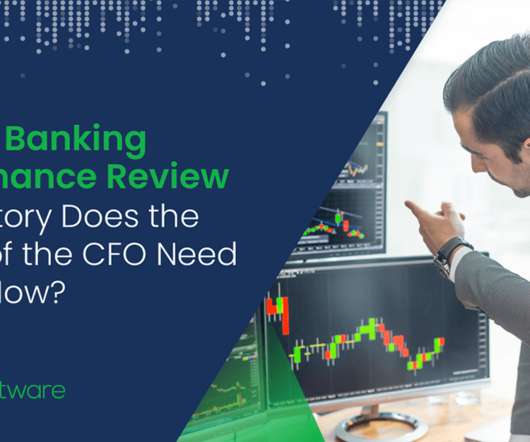Simulation for better decision making
Cloudera
MAY 15, 2018
Derman (2016), Cesa (2017) & Bouchard (2018)). ABMs consist of an environment that is composed of (software) agents who interact with and influence one another, learn from their experiences and adapt their behaviours so that they are better suited to their environment. Blog Post, Nov-2016. Jean-Phillipe Bouchard, J.














Let's personalize your content